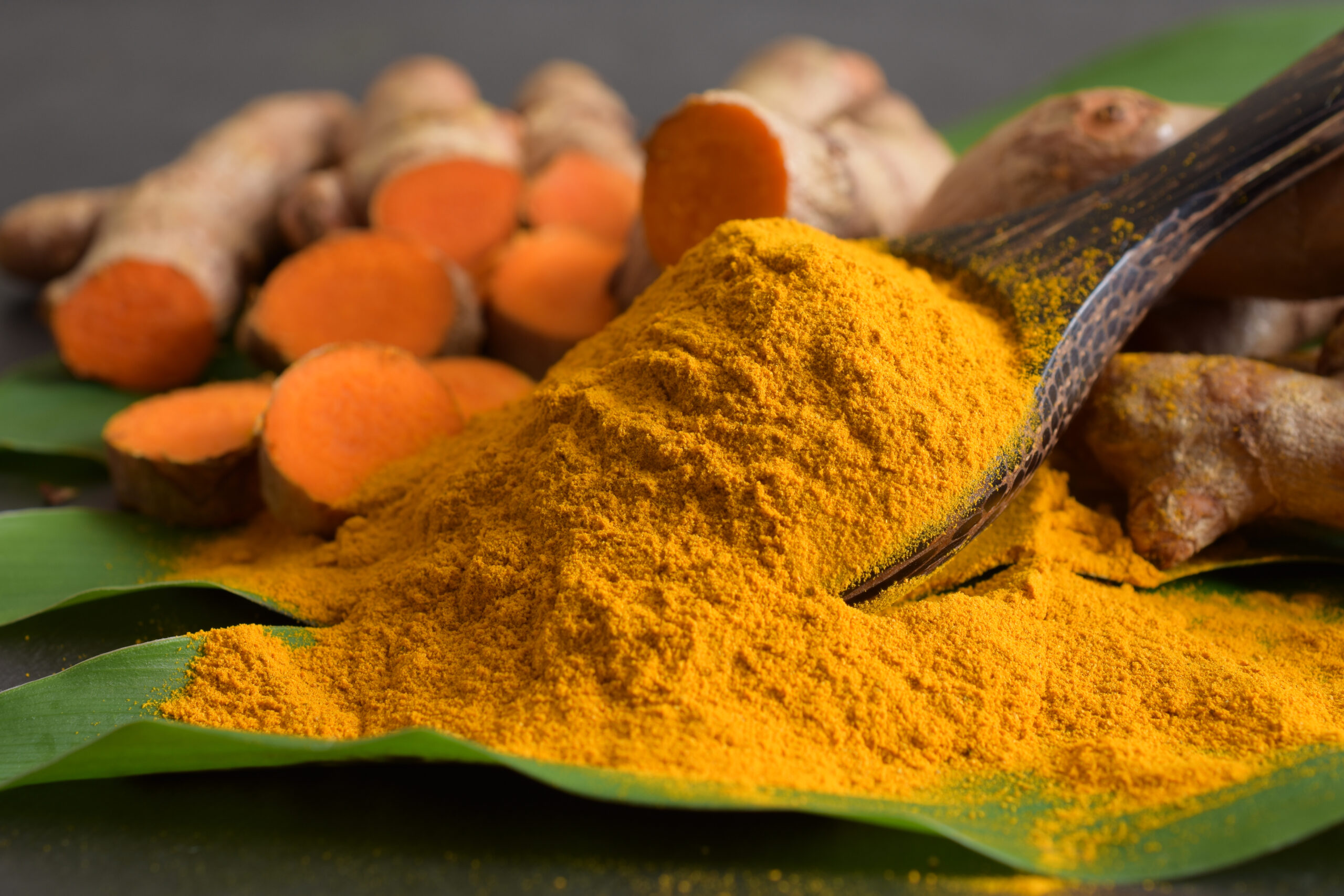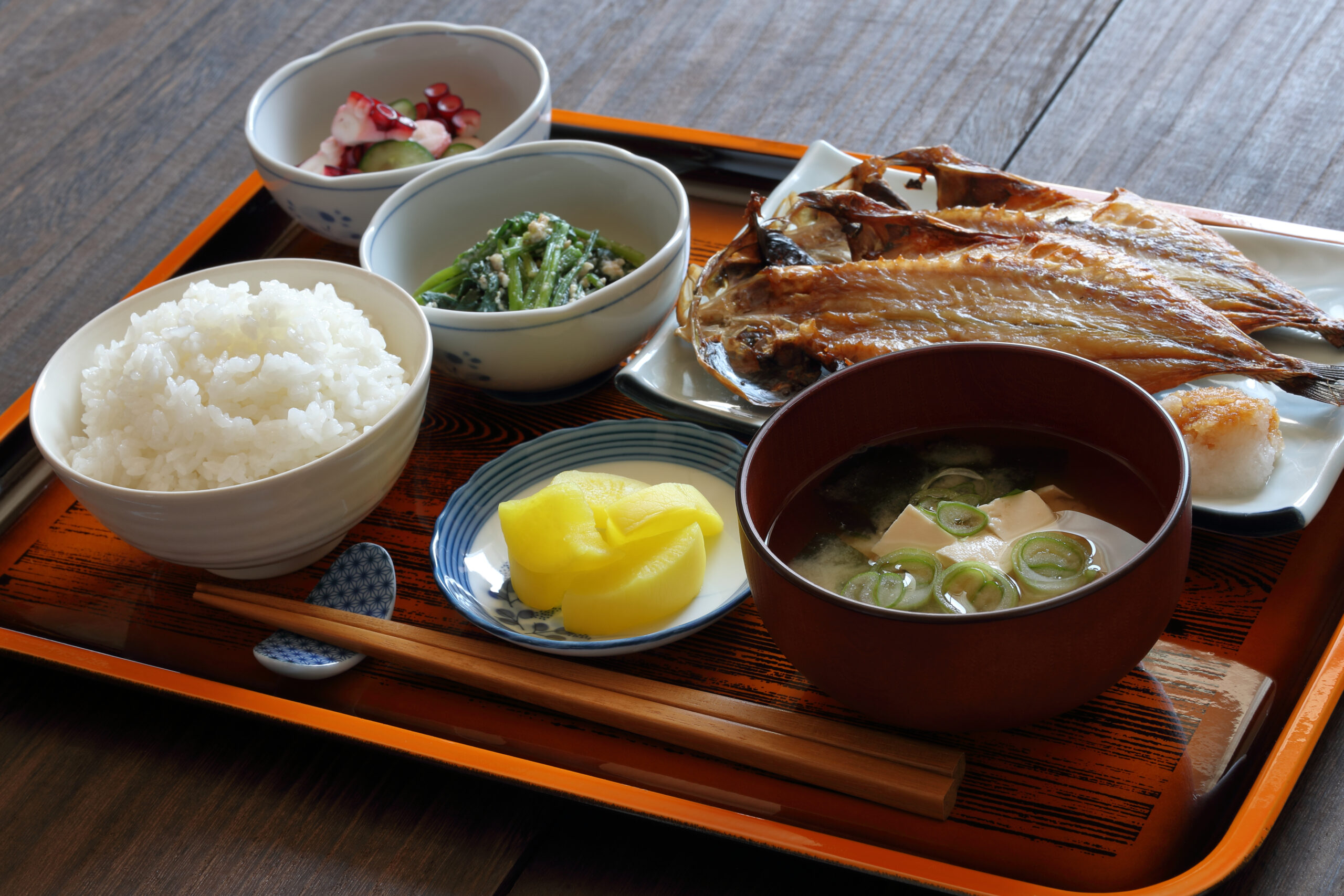If you thought the secret to hand osteoarthritis relief was locked away in a pharmacy, wait until you find out how two ancient plants just upended the game—and why scientists everywhere are suddenly singing the praises of turmeric and frankincense.
At a Glance
- Curcuma longa (turmeric) and Boswellia serrata (frankincense) extracts significantly reduce hand osteoarthritis pain.
- The Belgian multicenter clinical trial is the first robust evidence for this supplement combo’s effectiveness and safety in hand OA patients.
- More than 90% of patients stuck with the regimen, and side effects were no different from placebo.
- These plant-based supplements provide symptomatic relief, not a cure—think “pain off switch,” not “joint fountain of youth.”
Ancient Plants Crash the Modern Pain Party
Picture your hands as creaky door hinges: every jar lid a mini wrestling match, every handshake a gamble. That’s life with hand osteoarthritis, a stubborn companion for millions, especially those of us who remember rotary phones. For years, the prescription was a steady diet of NSAIDs, the occasional painkiller, and lots of sighing. But now, two herbal old-timers—turmeric and frankincense—have wandered out of the spice rack and into the clinical spotlight, flaunting results that would make any pharmacist do a double take.
Turmeric, known to its botanist buddies as Curcuma longa, and Boswellia serrata, or frankincense (yes, the stuff from Christmas lore), have been the backbone of traditional medicine cabinets for centuries. Their anti-inflammatory rep is legendary—think natural fire extinguishers for cranky joints. So, what happens when you take their ancient power, bottle it, and test it on people whose hands protest every text message? The results, according to a recent Belgian clinical trial, are just shy of miraculous: pain dropped by up to 9 points more than placebo, and patients didn’t just feel better—they moved better, lived better, and actually stuck with the protocol. Side effects? Nothing to write home about, unless you’re writing a thank-you note to Mother Nature.
When GlycA is high, skip symptom-chasing anti-inflammatories! I use root-cause fixes: turmeric, Boswellia, or lumbrokinase to speed healing, plus antimicrobials for infections. These synergistic herbs tackle inflammation and its source for lasting results. 🌿 #GlycALowering… pic.twitter.com/9V29DdmWqA
— Darren Schmidt, D.C. (@realfoodcures) July 16, 2025
The Clinical Trial That Changed the Conversation
Not all supplements get their moment in the scientific sun. Most languish in the “maybe it helps, maybe it’s snake oil” aisle. But the Belgian study wasn’t messing around. This wasn’t a handful of hopeful volunteers and a wink. It was a multicenter, randomized, double-blind, placebo-controlled heavyweight bout: 200 adults with hand OA, all put through the paces with standardized extracts (CURTIL03 for turmeric, BOSTIL01 for frankincense). For three months, researchers charted every ache and wince—and the supplement combo consistently outperformed placebo, not just in pain scores, but in quality of life. Over 90% of participants stayed the course, a testament to tolerability that would make even the most skeptical clinician pause and reconsider their next patient recommendation.
But let’s not get carried away. No one’s claiming these plants reverse the clock or rebuild cartilage. If you’re hoping for Wolverine hands, keep waiting. The extracts are powerful for symptom relief, not magic for structural repair. Still, for anyone stuck between “not enough relief” and “too many side effects,” this is a rare win: safe, effective, and—dare we say—pleasantly old-fashioned.
The Ripple Effect: From Supplement Shelf to Doctor’s Office
Hand OA sufferers aren’t the only ones perking up their ears. Doctors, researchers, and even supplement makers are taking notes. For clinicians, this trial means a new, evidence-based option for patients who want to avoid the NSAID rollercoaster or who crave something more natural. Patients get to feel empowered, swapping out skepticism for hope—and maybe a little less creaking in the morning.
The supplement industry, always hungry for clinical validation, sees a green light for better standards and bigger demand. If these results hold up long-term, insurance bean counters may even start seeing savings as fewer prescriptions for traditional pain meds are written. And regulators? They’re sharpening their pencils, eyeing these supplements for possible inclusion in future guidelines. The only ones side-eyeing the trend are those who want a miracle cure, not just a better day-to-day. For now, symptom relief is the name of the game.
What Experts Are Whispering (and Occasionally Shouting)
Experts love a good trial, and this one checks all the boxes: robust, well-designed, and—most importantly—clinically meaningful. The effect size wasn’t just statistically significant; it was enough for patients to actually notice. Academics are intrigued by the potential synergy between turmeric and frankincense, with some calling for longer-term studies to see if the benefits endure or deepen. The one caveat: don’t toss your prescription pad just yet. These supplements are for symptom management, not disease modification. But as a tool in the arthritis arsenal, they’re now impossible to ignore.








